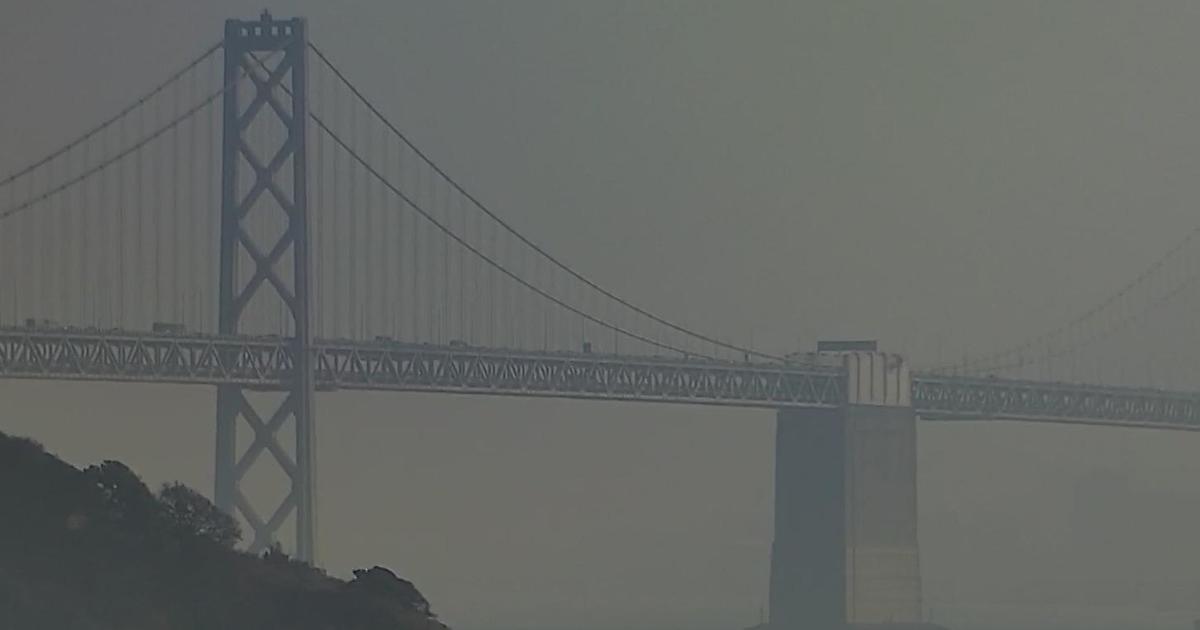Agricultural Demand For Water Has California's Central Valley Sinking Fast
Fresno County (KPIX 5) -- In a quiet agricultural community in Fresno County things have been sinking for a long time. California's Central Valley subsidence problem was discovered decades ago, right around El Nido.
Now, this town is more famous for its elevation than its population because agriculture's demand for water here has sent pumps ever deeper into the ground, causing the valley floor to sink by dozens of feet.
"I had to add length to these pipes because I couldn't open the box," says Michelle Sneed, a hydrologist and subsidence expert with the U.S. Geological Survey. "During the drought, between 2012 and 2016, the San Joaquin Valley was subsiding at the fastest rate in the world."
Canal skirts buckled, bridges failed, and homes started sprouting cracks, but the hope was that last year's big winter might deliver some help. And in this immediate area, last winter did, make a difference.
Some of the rain and snowmelt reached the groundwater and that pressurizes the aquifer, actually pushing the valley floor back up - just a little bit.
"Yeah, a little bit. A couple inches, something like that," explains Sneed.
"It's an incredible idea, that this big chunk of the valley is rising and falling, like it's taking a breath, but despite last year's record winter, one part of California just keeps sinking.
"We're running into some canal capacity issues related to subsidence as well," explains Doug DeFlitch, with the Friant Water District.
For the district, subsidence means a crisis for the canal that feeds this side of the valley.
"The Friant-Kern Canal, runs 152 miles from the Friant Dam to the Kern River," says DeFlitch. "It's gravity fed, it falls at a rate of about six inches a mile."
Along the way the canal irrigates a million acres of farmland and serves as a backup water supply for the low-income communities that saw wells run dry during the height of the drought.
Inch by inch, this critical, gravity-fed system is collapsing.
"With subsidence, there's a section of the canal, about a 25 mile section of the canal, that's dropped down in elevation," says Sneed.
To be precise, it's dropping by as much as one inch a month.
"Yeah, that's very rapid, an inch a month is very rapid subsidence," says Sneed.
For the canal, the sinking section means big problems.
"Every time that it goes down, it decreases our capacity to move water down below that point," says DeFlitch. "We estimate that decreases are about 60 percent of the designed full capacity of the canal."
So the lower portion of the Friant-Kern Canal is now at about 40 percent capacity. Making matters worse, a portion of the canal's water is designated for groundwater recharge.
Those deliveries are now at risk, and any solution will easily cost hundreds of millions of dollars.
That is the brutal lesson of last winter. Even record precipitation can't bail California out of its groundwater and subsidence problems, and how often can California expect to have a record-breaking winter?
"If it's anything like the last ten years we can expect drought in the near future," says Sneed.



